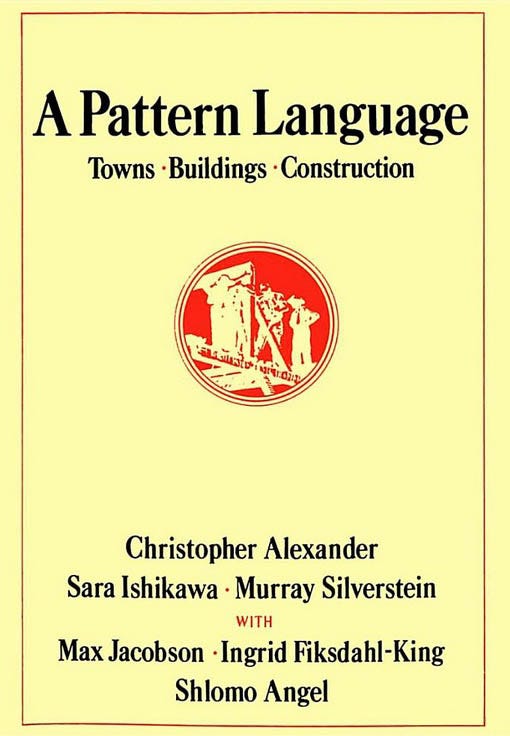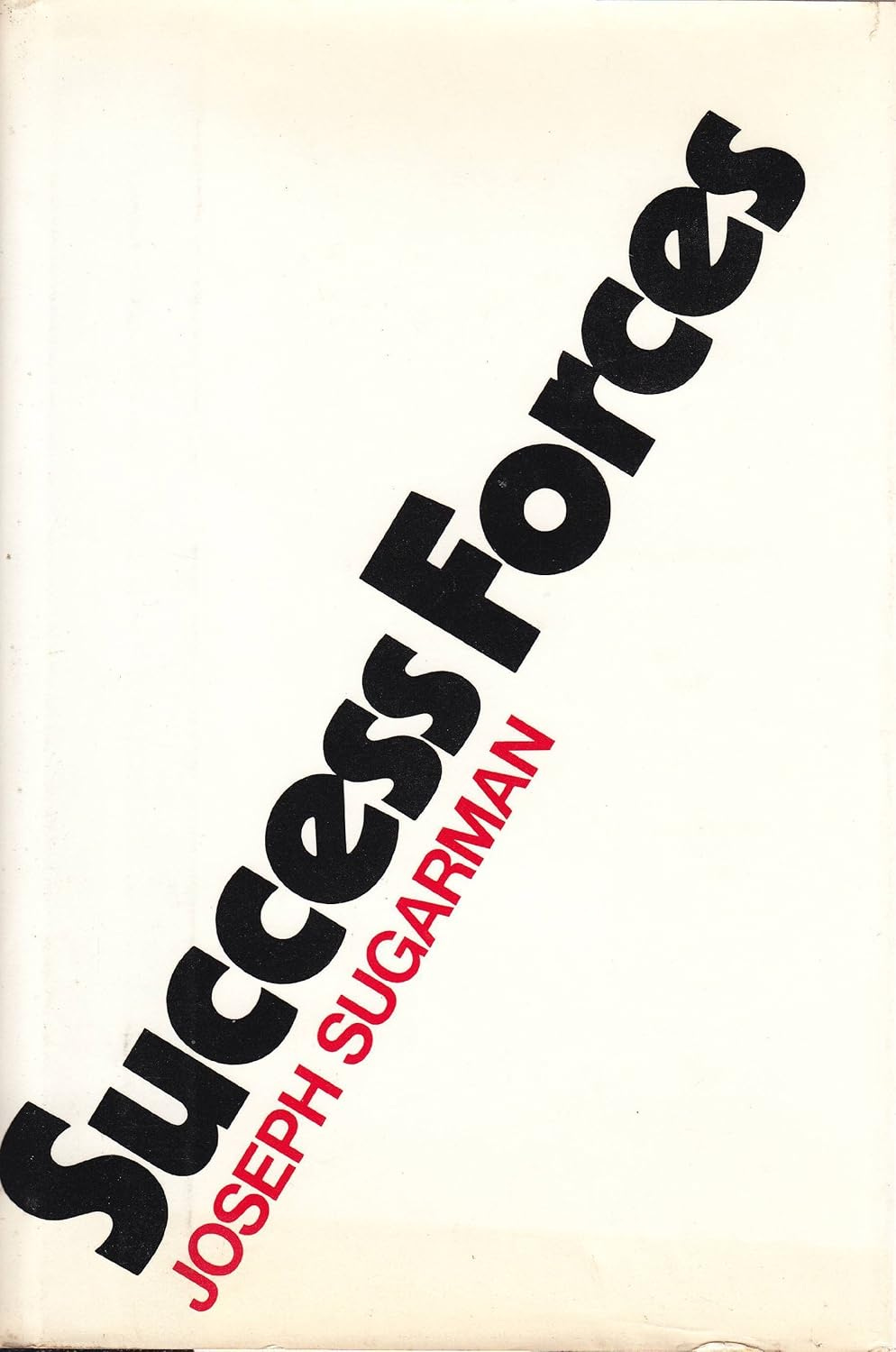[Five recommendations] - The wanting is better
What a session guitarist, a nude photographer, an architect, the BluBlocker guy, and a Soviet satirist taught me about restraint and excess
I’m a big fan of the amazing musician Smokey Hormel. I remember first encountering his name reading the liner notes for Viggo Mortensen’s Don’t Tell Me What To Do, and I wasn’t so sure that the name wasn’t someone’s pseudonym. When later I came across his name on a Beck album, it stuck with me, and I needed to know more about the guy with the name that sounded like sausage.
As a matter of fact, he is the great-grandson of the Spam inventor. In his early years he studied acting with Sanford Meisner at the Neighborhood Playhouse in New York. Acting couldn’t pay the bills, so, when living in LA, he took a job washing dishes at a diner.
The owner was obsessed with Western swing music and asked Hormel to join his band. The owner was well-connected in the punk rock world, and bands like X, The Blasters, and Circle Jerks would come there. The Blasters eventually recruited Hormel, and he made enough money with the band that he decided to ditch his acting aspirations. Playing music fulfilled many of the same dreams he had in mind as an actor.
The beauty of being a session musician
Smokey didn’t pursue the solo career. He’s a collaborator. Listening to albums he was a part of, like Beck’s Odelay and Mutations, Johnny Cash’s When the Man Comes Around, Tom Waits’ Mule Variations, among dozens of others, you can tell that for him it’s all about the music.
A session musician is sort of a hired gun, so maybe it’s an unfair moniker for him. Or maybe he just elevates the title. He’s a guy for whom his love of music is everything.
Recommendation 1
Smokey and Miho’s The Two EPs
I lent the album he made with Miho Hatori, those two EPs where they paid tribute to Brazilian guitarist Baden Powell, to a roommate once. She was going through a breakup. It was a mutual breakup. Nobody’s the villain, nobody’s the victim. In my memory, the guy she was breaking up with was the son of a really successful car salesman, and they spent the afternoon driving around listening to the album. New car, just driving, windows down.
She told me later they didn’t have a single frame of reference for bossa nova or Smokey & Miho’s atmospheric vocals and guitar work, but they happened to listen to it during that exact experience. And she said listening to the album led them through the post-breakup emotional processing, basically. The album held the space they couldn’t hold themselves. They let go and all was good.
Recommendation 2
Next up is Guido Argentini.
I came across Private Rooms at a book fair in Düsseldorf. Of all places. I had this massive backpack strapped to me, heavy already, and I carried a big shopping bag full in front of me. I’m an American and I like to purchase things sometimes. In the bag, even, was a log I’d found in the woods—I wanted to carve it when I got home. Something about that specific piece of wood I just had to have. It felt like I’d come across it in the woods and it would be special to carve that specific one.
The book is massive, filled with photographs taken over ten years in closed rooms, ancient villas, modern apartments, hotels from the most elegant to the most squalid with cheap plastic chairs and worn-out wallpaper. He’s a phenomenal photographer, and the images just blast whole scenes at you—it’s high and low all together. It’s very much an unabashed voyeuristic fantasy, but there’s something else there too. It doesn’t pretend it’s not what it is.
Recommendation 3
Then there’s A Pattern Language.
A part of me loves to nerd out on buildings: anything from feng shui to ancient construction methods to home design. Pattern Language belongs to its own category. Christopher Alexander and his colleagues wrote 253 patterns for how they believe humans actually want to live. This book should be standard reading for everyone because it’s an example for how valuable it is to bring language to things that don’t yet have a mental model around them. The book does everything from describing why it feels better to have no cars in sight to why some neighborhoods support pedestrian meandering and others don’t to why it feels eerie to have windows others could peer into from on high.
“A street without windows is blind and frightening.” Alexander gets specific—build windows with window seats looking onto the street, place them where people keep passing by, keep first-floor ones high enough for privacy. It’s the opposite of those dead suburban streets where all the garage doors face forward like the rear end of dump trucks.
People need to refresh themselves by looking at a world different than the one they’re in.
Rooms without a view are prisons for the people who have to stay in them.
Pattern 192: “Windows Overlooking Life”
There’s this Buddhist monk story Alexander tells about a house overlooking the ocean, where the monk designed a slit in his courtyard wall so that only at one exact spot, for an instant, you could see the ocean. Then you were past it.
Encourage local shopping centers to grow in the form of short pedestrian streets, at right angles to major roads and opening off these roads—with parking behind the shops, so that the cars can pull directly off the road, and yet not harm the shopping street.
Pattern 32: “Shopping Street”
Recommendation 4
Speaking of seeing things, let’s move on to the father of BluBlockers, Joe Sugarman.
Studying copywriting, you have to read Joe Sugarman. The guy who sold 20 million pairs of sunglasses. The man for whom copywriting seems totally made for. Good for people like that. I have a side like that but I’m thankfully no Joe Sugarman.
I got his book Success Forces because I was curious about his B-sides. It’s sort of a memoir in which he processes his challenges and a boilerplate “I’m successful, here’s how I made it.” I see in it the woolly end of a sales and marketing bro’s personal life. The guy who failed with Batman Credit Cards and kept boxes of them in his basement for decades, still handing them out at conferences as a joke.
Sugarman’s whole thing was the “slippery slide” technique—get readers to seamlessly move from headline to purchase. Every element in the headline exists to make you read the first sentence. The first sentence exists to make you read the second. Before you know it, you’ve bought sunglasses. He’d point out the negative aspects of products first, which made people trust him. Enough to pay the price of a pair of sunglasses, anyway.
Recommendation 5
Finally, Mayakovsky.
Check out his satirical play The Bedbug from 1929 when you’re in the mood to get his take on Soviet philistinism and bureaucracy. He wrote it as one increasingly disillusioned with the course the Soviet Union was taking under Stalin.
Usually So
Any man is born entitled to love,
but what with jobs,
incomes,
and other such things,
the heart’s core grows harder
from day to day.
The heart wears a body;
the body—a shirt.
Even that’s not enough!
Someone—
the idiot!—
manufactured stiff cuffs
and clamped starch on the chest.
Aging, people suddenly have second thoughts.
Women rub in powder and rouge.
Men do cartwheels according to Muller’s system.
But it’s too late.
The skin proliferates in wrinkles.
Love flowers,
and flowers
and then withers and shrinks.
The collection spans his entire career, from the earliest pre-revolutionary lyrics to a poem found in a notebook after his suicide.
Why these five recommendations?
I do these “five things” recommendations because it’s anti-algorithm. It’s more interesting to discover new and unexpected things than to live under the filter of “People Who Are Like You Also Ordered . . .”
I never did carve that log I was carrying in Düsseldorf. I carried it all over Europe that summer and brought it back to the US. I kept it for years in my studio until one day I put it out to pasture—literally. I returned it to its native environment, albeit on a different continent.
Sometimes the wanting is better than the having, and sometimes the story of the vision is enough.







